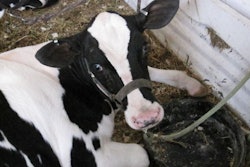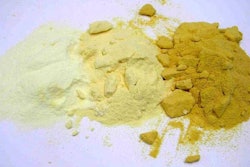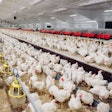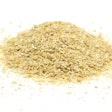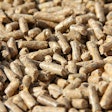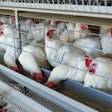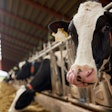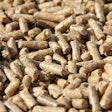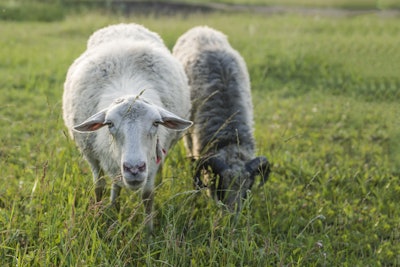
‘Exotic’ meat and milk sources create new opportunities, challenges
The influx of immigrants from countries that regularly feature lamb and goat kid meat in their cuisine is creating new opportunities and challenges for U.S. ruminant nutritionists.
With the U.S. being a traditional beef region, meat production from small ruminants has always been considered somewhat exotic. Even though sheep and goats share many similar characteristics with cattle in their digestive physiology, there are still enough differences to make sheep and goat science a distinct field of study.
There are two major breed groups for sheep and goats: one for milk and another for meat (not unlike the case with cattle). Intermediate types exist, but they are not suited for large-scale farming operations. The meat produced by either breed group is completely different. Meat-type breeds produce a beefier product (pun intended), whereas those of the dairy type produce a high-fat meat (unlike dairy cattle). As it happens, newcomers in the U.S. more often than not value such high-fat meat. Indeed, such concerns along with a higher sales volume has already been observed in large urban centers on the East Coast. As I come from a country that is heavily involved in sheep and goat production, I can attest that meat quality is completely different between dairy and meat genotypes.
Producing and feeding these dairy genotypes will require first their introduction into the normal production chain. Already the demand for relevant dairy products is there and it cannot be easily met by meat-type genotypes. Until such time, however, meat-type sheep and goats will be marketed at lighter weights to allow for a higher fat percentage in carcass. This will also require a much different nutrition program that will take lambs and goat kids slower to market age. Nutritionist will have an exciting time discovering a new field of study along with a fascinating array of new problems and opportunities.



